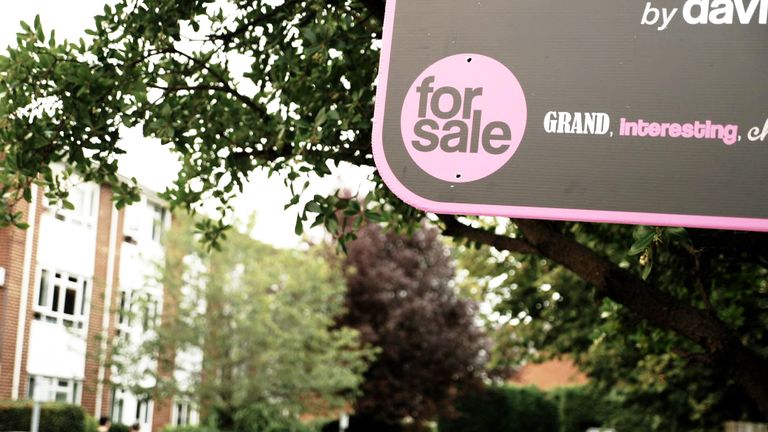Lloyds profit and net interest margin up despite fall on the horizon


Profits are up at the UK’s biggest mortgage lender as high interest rates helped grow the amount of money collected from loans.
Lloyds Banking Group, which owns Halifax and Bank of Scotland, reported pre-tax profits of £5.728bn for the nine months ending in September.
Higher rates set by the Bank of England have yielded £13.7bn in income, a 7% increase from a year earlier.
The percentage that banks profit from loans and savings, a key measure of lending profitability called net interest margin, rose to 3.15% from 2.84% in the same three quarters in 2022.
The difference between the interest lenders receive from loans and the rate they pay depositors is captured by net interest margin.
Read more
Barclays and Lloyds among bank branches announcing closures
Bank apologises after customers unable to access online accounts
But the high of the nine months to September was not consistent – in the final three months that margin dropped to 3.08%.
During that time the amount being deposited increased by £500m as people saved more.
It followed the UK central bank, the Bank of England, having hiked its base rate to 5.25% in an effort to encourage saving and make borrowing more costly to reduce the rate of inflation.
Advertisement
Savings rates and mortgage rates have gone up accordingly.
Please use Chrome browser for a more accessible video player
3:22
Mortgage misery across England?
Latest figures from financial information company Moneyfacts said the average two-year fixed residential mortgage rate is 6.34% with the average five-year deal at 5.89%.
Money put aside for loans that creditors potentially can’t repay totalled £187m in the third quarter of the year, far less than the £419m allotted in the second quarter.
At the same time, credit conditions were said to be “broadly stable” with assets described as “resilient”.
Lloyds reaffirmed its guidance for the full 2023 financial year, saying net interest margin is forecast to be more than 3.1%.
Lloyds chief executive Charlie Nunn described the results as a “robust financial performance”.
Another high street mortgage lender, Santander, released financial results on Wednesday.
An increase in some borrowers being in arrears was reported while overall arrears are still at low levels, in its Q3 results.
There was, however, a slight uptick in mortgages, unsecured personal loans, and overdrafts arrears.
Mortgage applications were also down, leading Santander to anticipate house prices will fall by 7% in 2023 and 2% next year.